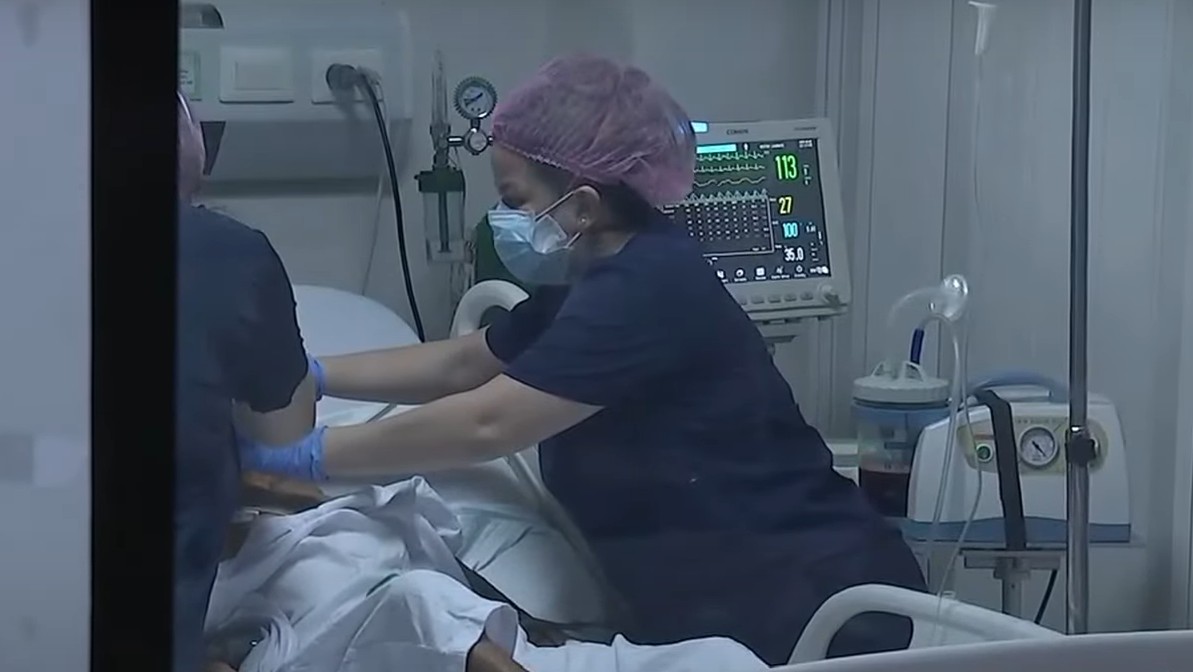San Lazaro Hospital: Leptospirosis Cases Surge to 104, Death Toll Reaches 13 After Typhoons

Manila, Philippines – San Lazaro Hospital, the country’s primary hospital for infectious diseases, is grappling with a significant surge in leptospirosis cases following the devastating floods brought by recent typhoons. As of Friday, the hospital has reported a concerning 13 deaths attributed to the bacterial disease, with 104 patients currently admitted.
The alarming rise in cases is directly linked to the widespread flooding that contaminated water sources across the nation. Leptospirosis is transmitted through contact with water or soil contaminated with the urine of infected animals, often rodents. The recent typhoons have created ideal breeding grounds for these animals and spread contaminated water, significantly increasing the risk of infection.
According to a report by Mariz Umali on Unang Balita, the deceased include a tragic case of a 16-year-old who succumbed to acute renal failure as a complication of leptospirosis. This highlights the severity of the disease and the potential for long-term health consequences.
Understanding Leptospirosis: Symptoms and Prevention
Leptospirosis presents with a range of symptoms, often mimicking other illnesses, making early diagnosis challenging. Common symptoms include:
- High fever
- Headache
- Muscle aches
- Jaundice (yellowing of the skin and eyes)
- Red eyes
- Rash
If you suspect you may have been exposed to contaminated water and are experiencing these symptoms, it is crucial to seek medical attention immediately. Early treatment with antibiotics can significantly improve outcomes and prevent serious complications like kidney failure and liver damage.
Preventing Leptospirosis: Protecting Yourself and Your Community
Preventing leptospirosis requires a multi-faceted approach:
- Avoid contact with floodwaters: This is the most important preventative measure.
- Wear protective gear: If you must enter floodwater, wear boots, gloves, and protective clothing.
- Control rodent populations: Eliminate breeding grounds for rodents and seek professional pest control services.
- Maintain proper sanitation: Ensure proper waste disposal and water sanitation.
- Boil water before drinking: This helps kill any potential bacteria.
Government Response and Public Health Efforts
The Department of Health (DOH) is actively monitoring the situation and providing support to San Lazaro Hospital and other affected areas. Public health officials are conducting awareness campaigns to educate the public about leptospirosis prevention and encouraging prompt medical attention for those exhibiting symptoms. Increased surveillance and testing are also underway to track the spread of the disease.
The current situation underscores the urgent need for continued vigilance and proactive measures to protect public health in the aftermath of these devastating typhoons. Communities are urged to cooperate with health authorities and prioritize preventative measures to curb the spread of leptospirosis and safeguard the well-being of the population.






